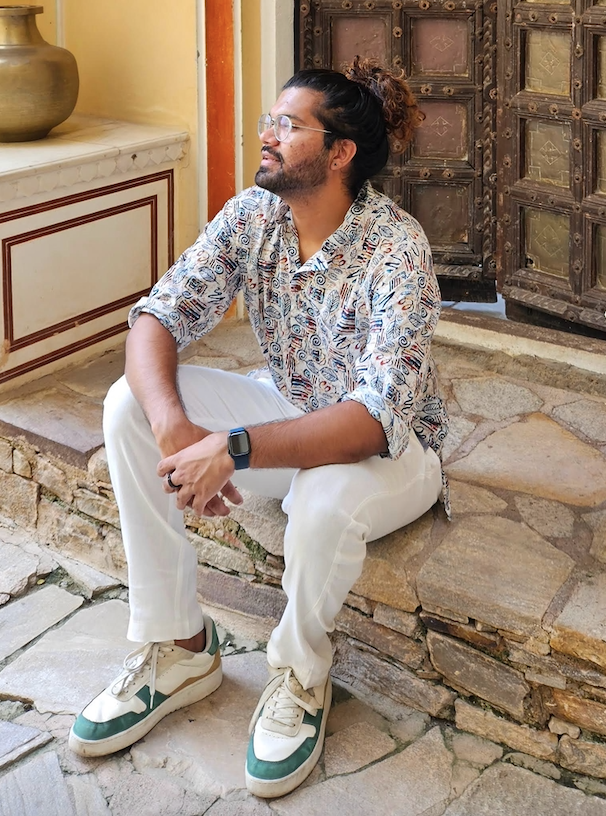Hello!
I’m a postdoctoral reserach fellow at Harvard Medical School and Massachusetts General Hospital where I’m advised by Prof. Lilla Zollei as part of the FreeSurfer group at the Athinoula A. Martinos Center for Biomedical Imaging.
Previously, I was a postdoc in the department of Radiology at the University of Pennsylvania where I also completed my PhD under the supervision of Prof. Paul Yushkevich. Before that, I completed MSc. in computer science in the Shape Analysis Group at McGill University where I was supervised by Prof. Kaleem Siddiqi and Prof. Louis Collins at the Montreal Neurological Institute. Even before that, I obtained a BTech in ECE at VIT university, Vellore and completed my Bachelor’s thesis under the supervision of Dr. Steffen Bollmann at the University of Queensland.
My primary research focus is to develop computational methods to analyze high resolution postmortem brain MRI and link morphometry with histopathology to study both neurodevelopment and neurodegeneration in the human brain. You can find my latest body of work here. See my complete publications at Google Scholar profile.
In the past, I’ve interned at:
- Google [Mountain View, United States]
- Amazon [Palo Alto, United States]
- Imagia Inc. [Montreal, Canada]
- Planet Labs [San Francisco, United States]
- Centre for Advanced Imaging, University of Queensland [Brisbane, Australia]
- Imaging, Multimedia and Graphics Lab, University of Saskatchewan [Saskatoon, Canada]
Every Fall, I lecture on medical image segmentation with deep learning in the graduate course on biomedical image analysis (BE/CIS 537) at the University of Pennsylvania. You can view the recordings here.
I actively organize the seminar series for the RISE-MICCAI society, where we discuss medical imaging papers and host panel discussions throughout the year.
I also maintain a blog and contribute to open-source projects such as this and have appeared as a guest on the “Abstract: The Future of Science” podcast.
In my spare time, I read a lot of books, listen to science podcasts, nerd out over coffee, enjoy independent movies and music, and I’m constantly searching for the next best cafe. I believe in Slow Science.
